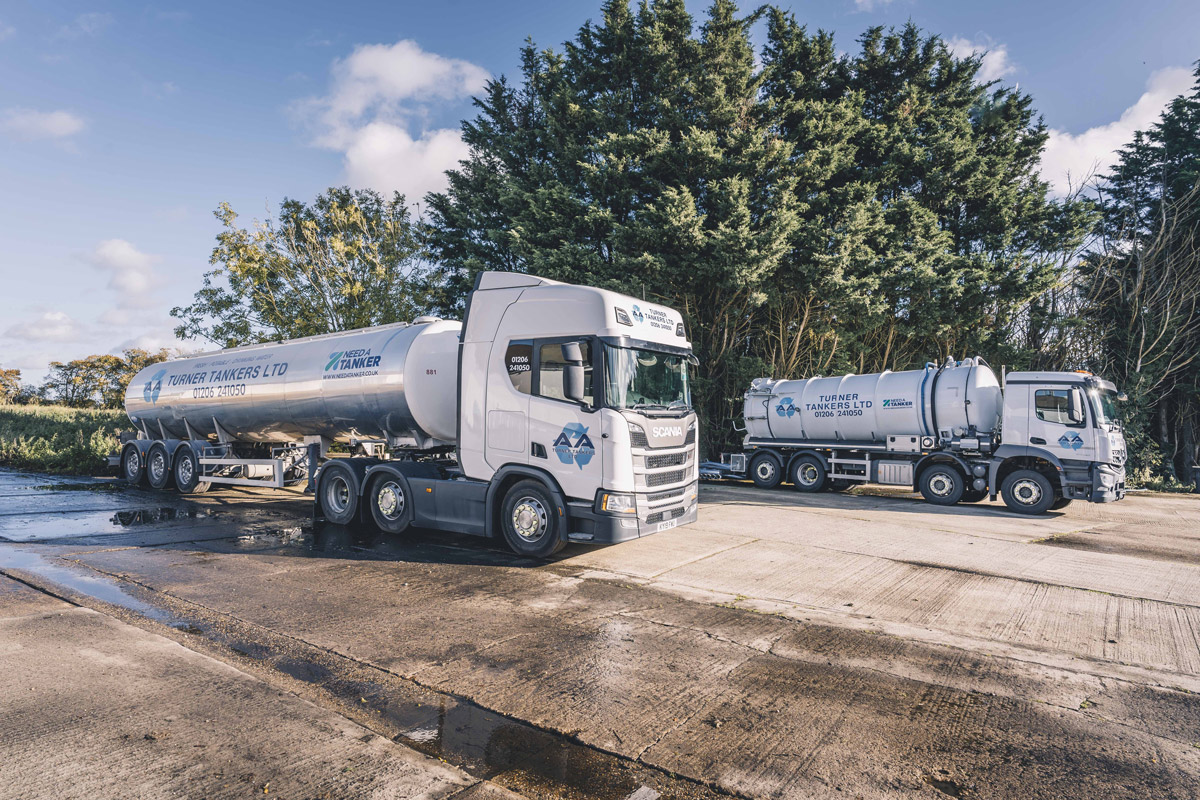Reclaim Waste - Questions
Table of ContentsReclaim Waste Fundamentals ExplainedLittle Known Facts About Reclaim Waste.The Greatest Guide To Reclaim WasteMore About Reclaim Waste8 Easy Facts About Reclaim Waste Described
Explore the kinds, incidents, and forms of fluid waste. Residential sewage waste describes the waste and products from a domestic sewage-disposal tank. This kind of waste is produced by humans in residences, institutions, and other structures. This only includes sewage-disposal tanks that have a drain area. The proper monitoring and disposal of domestic sewer waste need fluid waste to be moved to a sewer treatment plant where the appropriate techniques and equipment are used to purify and get rid of waste.
Commercial waste typically consists of potential dangers, such as combustible materials or a blend of fluid and strong waste products, and requires an advanced and comprehensive disposal procedure. The disposal of business waste generally includes the purification of waste prior to transportation to guarantee risk-free and correct disposal. Hazardous waste is created from by-products and overflow of commercial procedures and manufacturing.
This type of waste can not use the exact same sewage monitoring transport or procedures as septic or industrial fluids. The commercial waste monitoring process requires the assessment and screening of fluid waste before it undergoes the disposal process (industrial wastewater treatment). Runoff waste is the liquid waste that originates from drainage and excess stormwater in very populated areas or cities
Overflow waste can trigger contamination and flooding if not dealt with correctly. Ensuring proper waste management can protect against catastrophes and lower environmental harm.
Some Known Factual Statements About Reclaim Waste
Contact PROS Solutions today to learn regarding our waste management and disposal solutions and the proper means to care for the fluid waste you produce.
This supposed 'wastewater' is not only an essential resource yet, after therapy, will be launched to our land, rivers or the ocean. Made use of water from toilets, showers, bathrooms, kitchen sinks, washings and commercial processes is recognized as wastewater.

water made use of to cool equipment or tidy plant and equipment). Stormwater, a kind of wastewater, is runoff that streams from farming and metropolitan locations such as roof coverings, parks, gardens, roadways, courses and gutters right into stormwater drains pipes, after rain. Stormwater streams unattended straight to neighborhood creeks or rivers, eventually reaching the sea.
The Single Strategy To Use For Reclaim Waste
In Queensland, most wastewater is treated at sewage treatment plants. Wastewater is carried from residential or commercial websites with a system of sewage systems and pump terminals, recognized as sewage reticulation, to a sewage treatment plant. City governments develop, keep and run most sewer treatment plants. Operators are certified under the Environmental Defense Act 1994 to release treated wastewater at an acceptable environmental standard into rivers.
The Division of Natural Resources suggests city governments concerning handling, operating and maintaining sewage systems and therapy plants. In unsewered locations, regional governments may require householders to mount specific or family sewage treatment systems to deal with domestic wastewater from toilets, cooking areas, washrooms and washings. The Department of Natural Resources authorizes using home systems when they are proven to be reliable.
Many stormwater receives no therapy. In some new subdivisions, therapy of some stormwater to eliminate litter, sand and crushed rock has started making use of gross contaminant traps. Wastewater therapy takes place in 4 stages: Removes strong matter. Bigger solids, such as plastics and other things incorrectly released to drains, are removed when wastewater is travelled through screens.
Uses little living microorganisms knows as micro-organisms to break down and get rid of continuing to be liquified wastes and great particles. Micro-organisms and wastes are integrated in the sludge.
An Unbiased View of Reclaim Waste
Nutrient elimination is not offered at all sewer treatment plants due to the fact that it needs pricey specialized devices. Clear liquid effluent created after treatment might still have disease-causing micro-organisms - liquid waste removal melbourne.

Many wastewater moves into the sewage system. Under the Act, regional federal governments provide authorizations and licences for eco relevant tasks (ERAs) entailing wastewater releases that may have a local effect.
4 Simple Techniques For Reclaim Waste
Surveillance gives factual information regarding water high quality and can validate that permit problems are being fulfilled. The information obtained through monitoring offers the basis for making water high quality choices.
Comments on “Reclaim Waste Things To Know Before You Buy”